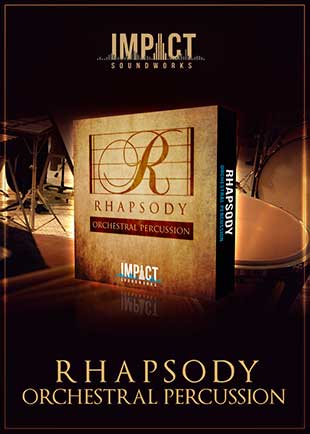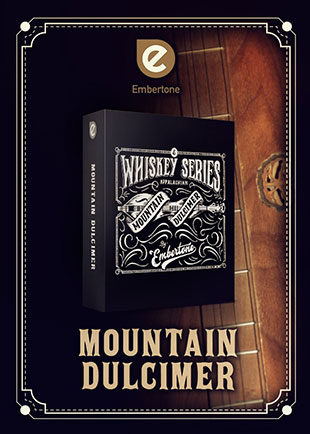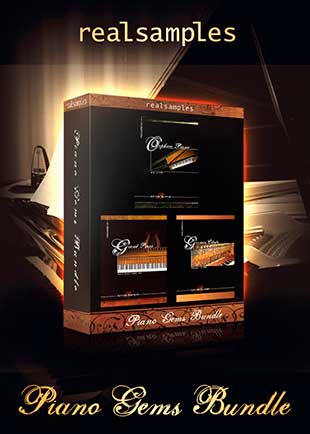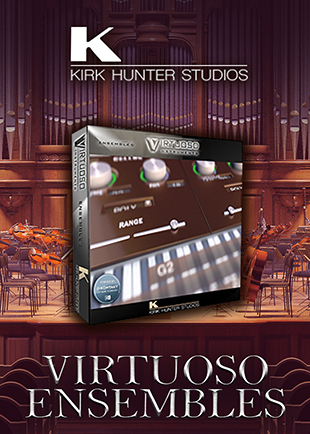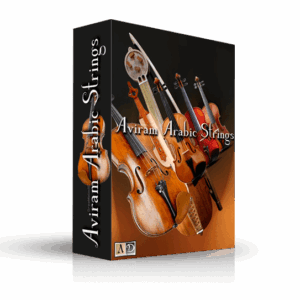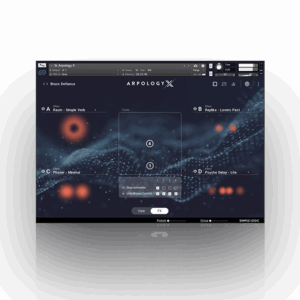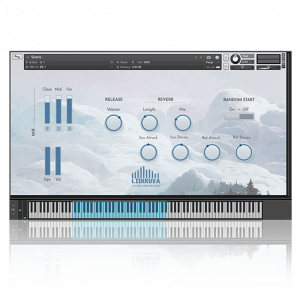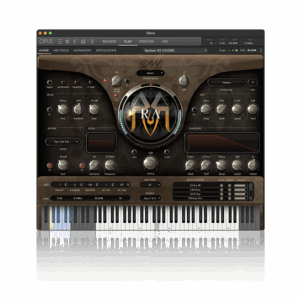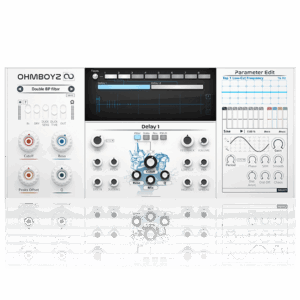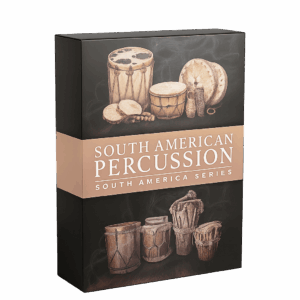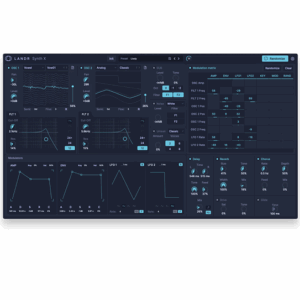Whether you’re a music producer, mixing engineer, or mastering engineer, there’s a good chance you’ve heard of IK Multimedia’s Classic T-Racks Clipper plugin, and while there are several different hard and soft clipping plugins on the market, IK’s version has become a go-to for many engineers and music producers thanks to its ease of use and high-quality sound.
In this post, we’ll take a closer look at what a Clipper is, how it can be used to enhance your music production, and some tips and tricks for getting the most out of the T-Racks version.
[ez-toc]
What is A Clipper?
At its core, a Clipper is a saturation plugin that can be used to add extra harmonics and character to your tracks. Saturation is an important tool in music production; it’s a type of distortion that occurs when the signal level is increased beyond the point where the audio quality starts to degrade. However, when used tastefully, it can add depth, warmth, and punch to your tracks.
Looking At The Classic T-Racks Clipper
 The first thing you’ll notice is the simple yet effective interface. There are three knobs controls to use, making it easy to dial in the right sound.
The first thing you’ll notice is the simple yet effective interface. There are three knobs controls to use, making it easy to dial in the right sound.
Here’s how those parameters break down.
Gain: Gain controls the amount of signal coming into the clipper. The higher input, the more saturation you get!
Slope: The Slope knob allows you to control the clip shaping of your audio. Setting the Slope 100% counterclockwise = soft clip, and fully clockwise = hard clip. Or you can leave the setting somewhere in the middle to get the best of both, just like dialing in wet/dry settings on reverb or other fx.
Output: This is the last part of the signal chain, where you control the final output signal. by default, it’s preset at 0dB, resulting in the internal clipping ceiling of -0.05 dBfs. So no matter how much you drive the gain, that’s what the limit will be, serving as a limiter, so to speak.
Additional Feature I like
L/R/=: Here, you can control how your signal is processed in terms of the stereo field. You can process both the Left and Right sides of the signal equally or independently.
Processing each channel slightly differently can help widen your stereo field even before using a stereo imager.
How Do I Use A Clipper?
To use a clipper, simply insert it into the channel of your choosing (audio/midi) and dial in the amount of saturation you need.
As a general rule, start with a low amount of saturation and increase the gain slowly so you can hear the different transitions of the sound until you’re happy with the overall character and tone.
It’s also worth experimenting with the slope knob, blending the two clip settings (hard/soft).
Soft Clipping vs Hard Clipping
Hard clipping cuts peaks abruptly in a straight line. This causes some distortion and can sound good depending on the material you’re running through the software application.
Soft clipping is a little different as it rounds out the peaks, creating a nice saturated and warm-like sound. This makes it ideal for mixing and mastering applications.
Listen To The Classic T-Racks Clipper In Action
A Few Classic T-Racks Clipper Tips & Tricks
Experiment with different saturation levels: Start with a low amount of saturation (gain) and increase it until you’re happy with the sound. However, don’t be afraid to experiment with higher gain levels as well. Sometimes, pushing The Classic Clipper to its limits can produce some really cool results.
Use the mix knob: The mix knob allows you to blend the wet (saturated) signal with the dry (unaffected) signal. This can be a great way to add subtle saturation to your tracks.
The mix knob allows you to blend the wet (saturated) signal with the dry (unaffected) signal. This can be a great way to add subtle saturation to your tracks.
Try different audio sources: A clipper sounds excellent on drums and guitars, but don’t be afraid to experiment with other audio sources as well.
For example, try pushing your vocals, basslines, and stringed instruments through Clipper. I like placing T-Racks Clipper on my FX bus channels, especially time-based fx.
Alongside EQ and Compressors: The Classic Clipper sounds great on its own but can also be used with other plugins. For example, try running Clipper into a nice analog-styled EQ, Compressor plugin to add even more tone and character to your tracks.
Use It With a Limiter: Place the Clipper right before your limiter. This will allow you to get a louder perceived track without the pumping. For example, if you want 6 dB of gain reduction (just tossing a number out there), let your clipper handle 3dB and the limiter handle the other 3dB.
Common Clipper Questions
1. What’s The Different Between a Clipper and A Compressor?
Compressors have a variable attack and release. A clipper’s actions happen instantly, and its attack/release parameters are preset. Sometimes mastering engineers will use clippers for loudness over limiters as they tend to offer a much more transparent sound.
2. Should I Soft Clip My 808?
Yes, soft clipping your 808 is a good idea if you’re looking to add presence and character. A clipper can also help your 808 translate better on smaller speakers.
3. What Does Soft Clipper on Master Do?
A soft clipper will round out peaks and transients before it hits the limiter, thus making your limiter not work so hard and resulting in a more transparent sound.
Conclusion
Clippers can be excellent software options for adding warmth and getting extended levels out of your songs without nasty distortion, artifacts, or the squashing that you’d encounter with a typical compressor.
They’re also great options for making tracks less sterile and more professional sounding.
With that said, feel free to use it on your next drum bus, instrument bus, or individual channels. You’ll be pleasantly surprised by its sound and flexibility.
If you have questions about IK Multimedia’s Clipper or would like some additional tips on using it, please leave questions in the comments section below.
About Author: Greg Savage is a music producer/sound designer with over 20 years of experience in the field. For information on sync licensing and mentoring, please visit https://www.diymusicbiz.com/







